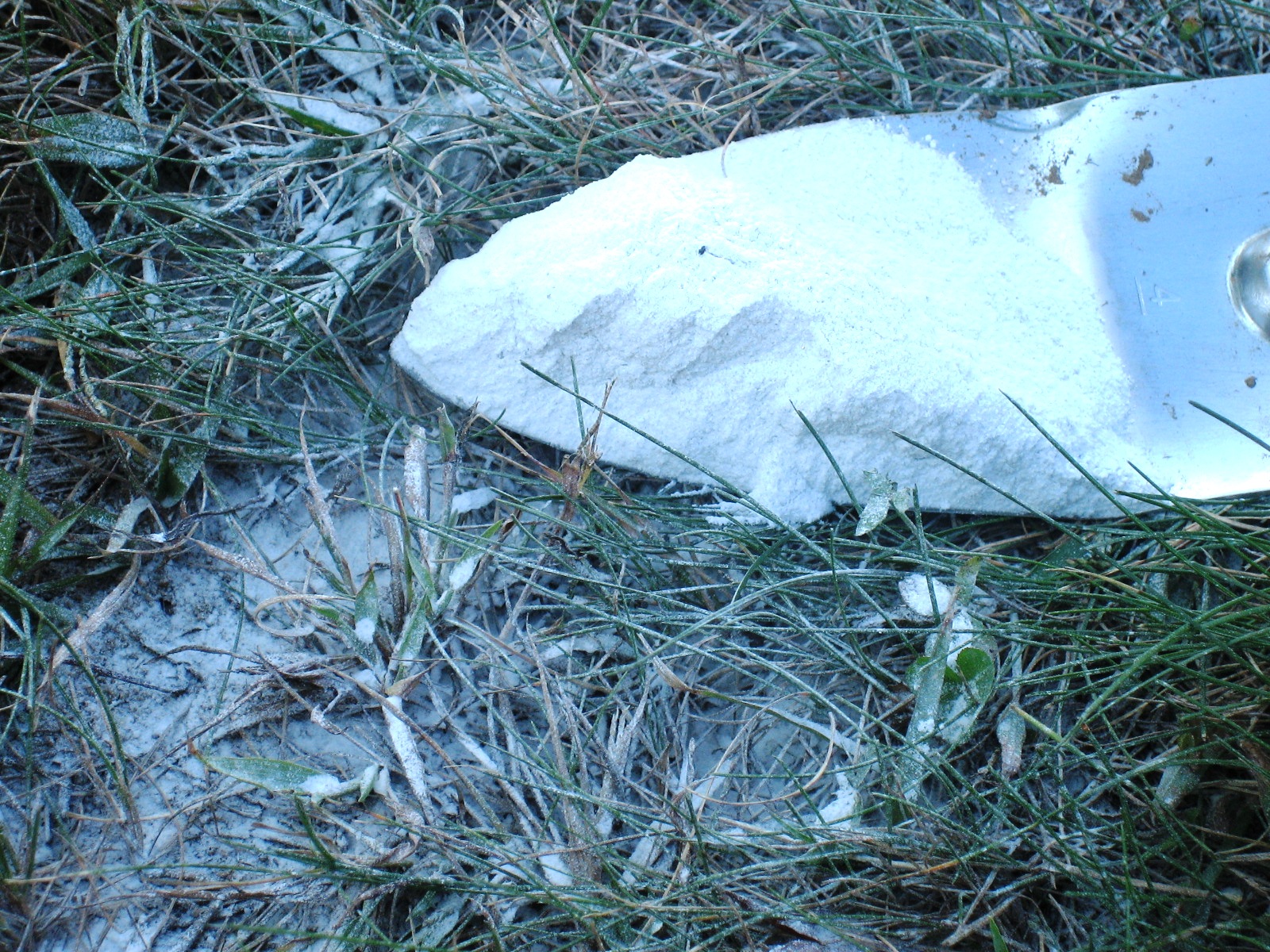by Dawn Pettinelli, UConn Home & Garden Education Center
 An incredible number of chemical, biochemical and biological reactions occur in our soils. Through these reactions, nutrients, whether already present in the soil or added by fertilizers, are changed into forms that can be taken up by plant roots. The pH of the soil affects all these reactions thereby determining the availability of nutrients essential for plant growth.
An incredible number of chemical, biochemical and biological reactions occur in our soils. Through these reactions, nutrients, whether already present in the soil or added by fertilizers, are changed into forms that can be taken up by plant roots. The pH of the soil affects all these reactions thereby determining the availability of nutrients essential for plant growth.
Soil pH is a measure of the acidity of the soil. A pH of 7.0 is neutral with measurements below this number reflecting acidity and those above indicating alkalinity. Many native soils have a pH in the range of 4.5 to 5.5 while most of our vegetables, flowers and turf grasses prefer it to be between 6.0 and 6.8. Some notable exceptions are blueberries and broad-leaved evergreens, like rhododendrons, which require acid soils.
When the soil pH falls below 6.0, nutrients like phosphorus, nitrogen and potassium become less available to plants. Acid soils are also typically deficient in magnesium and calcium, two important plant nutrients. Another problem with acid soils is that elements like aluminum are much more soluble and may be taken up in quantities that can harm plants. On the other hand, a pH that is greater than 7.5 can also render nutrients unavailable.
Limestone is the material of choice to raise a soil’s pH. It neutralizes soil acidity while also adding necessary calcium and magnesium. Dolomitic limestone, which contains both of these elements, is most widely available and usually recommended. If the magnesium level of your soil is above optimum, a calcitic limestone which is composed mostly of calcium compounds is called for.
Limestone can be purchased in several forms with ground, pelletized and hydrated being the most common. Economically, ground limestone is your best buy but some do not like the dusty mess encountered when applying. Pelletized limestone consists of pulverized limestone that is formed into little pellets. Both take about the same amount of time to react in the soil, anywhere from 3 to 9 months depending on conditions. Hydrated lime is fast-acting but quite caustic and only warranted under specialized circumstances. Its effects on pH, however, are short-lived. Wood ashes can also be used as a liming agent at one and a half times the rate of the recommended limestone application.
How much limestone to add depends on your soil’s present pH, the desired pH, as well as the amounts of clay and organic matter in your soil. A soil test can best determine recommended amounts. Very acidic soils may require several applications to bring the pH up to a suitable level. As a guideline, for every 100 square feet apply no more than 5 to 7 pounds of limestone to the surface or 10 pounds tilled to a depth of 6 inches at one time. Once you’ve attained a desired pH, 5 pounds of limestone per 100 square feet every other year usually will maintain that level.
For those that don’t want to guess how much limestone to apply, consider a soil test. Fall is the perfect time to test because any limestone recommended and applied will have time to start affecting the soil pH before spring planting season and, you’ll be avoiding the spring rush! For information on soil testing, liming soils or any other home and garden question, feel free to call the UConn Home and Garden Education Center, toll-free, at 877.486.6271, visit us on the web at http://www.ladybug.uconn.edu/ or contact your local UConn Extension Office.